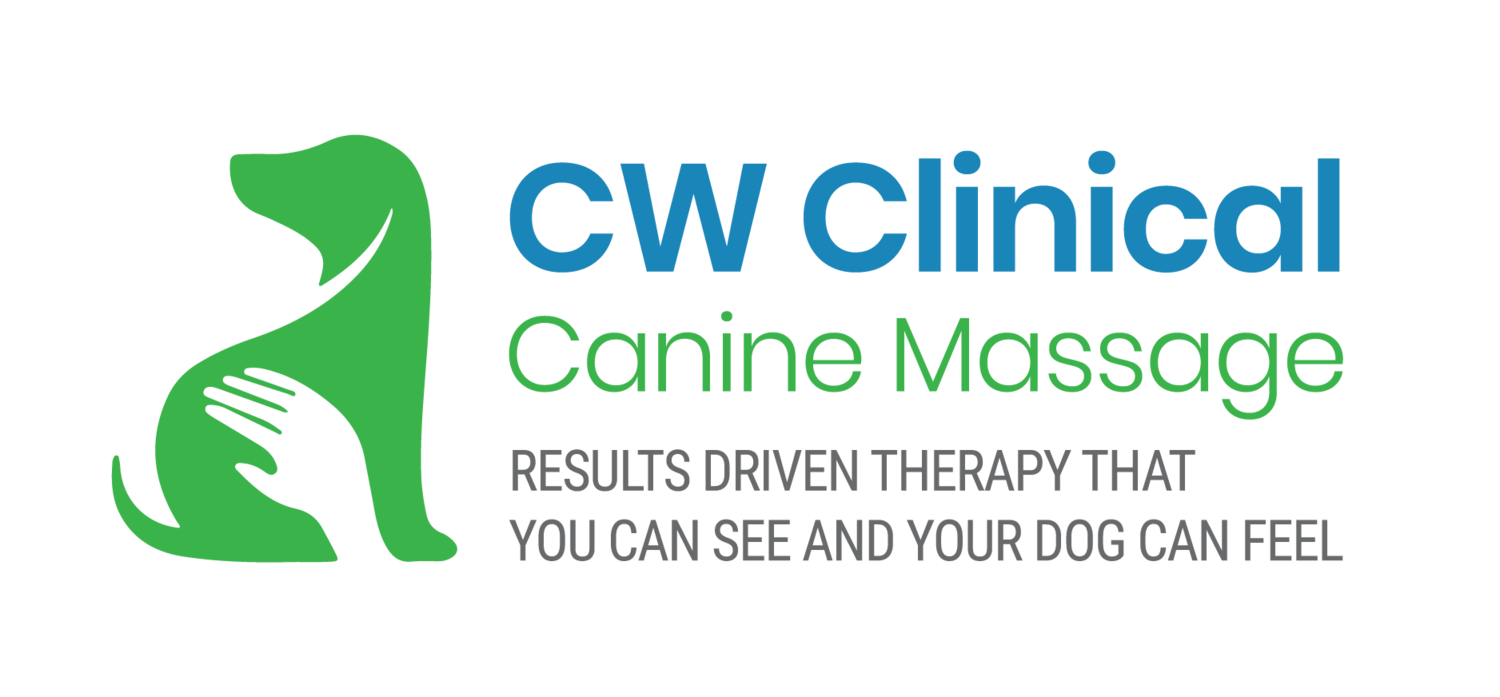
Orthopaedic conditions
+ Osteoarthritis
Arthritis, often referred to as Degenerative Joint Disease (DJD) is a progressive and permanent degeneration of the joint. The gradual deterioration of the cartilage, bone, capsule and synovial fluid within the joint causes pain and inflammation.
Symptoms can include:
- lameness or limping
- stiffness in the joint
- pain
- difficulty rising after rest and stiffness which improves after some movement
- clicking or popping from the affected joint
+ Luxating Patella
The patella is a small bone at the front of the stifle (knee) which sits in the trochlea groove and acts as a fulcrum as the knee flexes and extends. The sides of the trochlea groove can become shallow due to wear and tear, allowing the patella to 'slip out'. This is known as luxation or dislocation of the patella.
Luxation is graded from 1 to 4 in terms of severeness.
- Grade 1 - although the patella luxates, it does return to its normal position.
- Grade 2 - the patella luxates when the leg is flexed (bent knee) and remains in this position until the stifle is extended (leg straightened)
- Grade 3 - the patella is luxated for most of the time, can be manipulated back in to place but tends to luxate again soon after.
- Grade 4 - the patella is permanently luxated.
Symptoms can include:
- pain and lameness
- skipping and 'carrying' the affected leg
- sitting with the knee facing outward
- stiffness
- clicking in the knee
+ Hip Dysplasia
Hip dysplasia occurs when the ball and socket joint of the hip is malformed and so do not sit together correctly. The uneven contact between the ball and socket causes bone remodelling which further inhibits the smooth movement of the joint and causes pain and inflammation.
Symptoms can include:
- swaying gait (rear end sways in a pronounced manner)
- intermittent or persistent hind leg lameness
- enlargement of shoulder muscles due to avoidance of weight bearing on hind legs
- bunny hopping
- sitting in a frog position
- pain in hip joint
- muscle wastage in hind quarters
+ Elbow Dysplasia
Elbow dysplasia is an abnormal formation of the elbow so that the humerus, radius and ulna bones do not fit together as precisely as they should. This can cause the forces exerted on the elbow to become concentrated on a specific part of the elbow causing wear and tear of the bone cartilage.
Symptoms can include:
- foreleg lameness
- pain when flexing or extending the elbow joint
- enlargement or swelling of the affected joint
- short or stilted gait
- difficulties with every day activities such as negotiating stairs and jumping in and out of the car
- reduced range of motion
+ Cruciate Ligament Damage
The ligaments of the knee are stabilised by the cranial and caudal ligaments. They connect the femur to the tibia and prevent the tibia from shifting forward in relation to the femur. They also prevent excessive rotation of the knee. Typically the cranial ligament is affected and can become torn or completely ruptured (sprain).
Damage to the ligament is graded according to severity.
- Grade 1 - minimal damage to the ligament
- Grade 2 - a partial tear of the ligament
- Grade 3 - complete rupture of the ligament
- Grade 4 - the ligament ruptures and takes with it small pieces of bone.
Grades 1-2 can be improved with rest and moderate exercise.
Grade 3-4 will require surgery to repair the ruptured ligament.
Symptoms can include:
- limping/lameness
- difficulty or inability to weight bear
- inflammation or swelling around the knee
- holding knee out to the side when sitting or standing
- pain vocalisation
+ Spondylosis
Spondylosis is a degenerative disease of the spine. Boney spurs are formed between the vertebrae of the spine and can bridge the gap between them. This can limit flexibility and range of movement in the spinal column, typically around the junction where the thoracic and lumbar vertebrae meet. This is a non-inflammatory condition which tends to affect older dogs. It can also develop after intervertebral disc disease or spinal surgery.
Symptoms can include:
- pain and stiffness
- intermittent limping
- loss of range of motion when moving or turning
- sensitivity to touch along the spine / back pain
How massage can help support orthopaedic conditions:
Pain management and reduction in soreness
Improve blood and lymph circulation in the area
Removal of toxins and increased oxygen and nutrient flow
Improve muscle spasms and cramping
Address muscle splinting issues
Improve muscle tone and so help to stabilise the affected limb
Address areas of overcompensation
Reduce or remove trigger points
Increased relaxation and reduced stress levels which may help reduce pain perception
Improve stiffness
Improve range of motion and flexibility
Encourage the natural healing powers of the body
Post-operative rehabilitation
Relax and release tension in the muscles surrounding the affected joint or area
Reduce adhesions
Remodelling of scar tissue
Reduce myofascial pain
“I was keen to try canine massage for my Labrador to help with his arthritis and joint problems. I was very interested to see if the massage would be a benefit to him and if he would actually sit through it. I needn't have worried because he seems to love it. Claire is very relaxed and calm with him and lets him dictate the pace, which is brilliant. For the most part he just lies there and falls asleep! Afterwards he does seem to have more movement in his legs and is definitely less stiff. As an alternative therapy I would definitely recommend it, and Claire.”
— Louise : Owner
